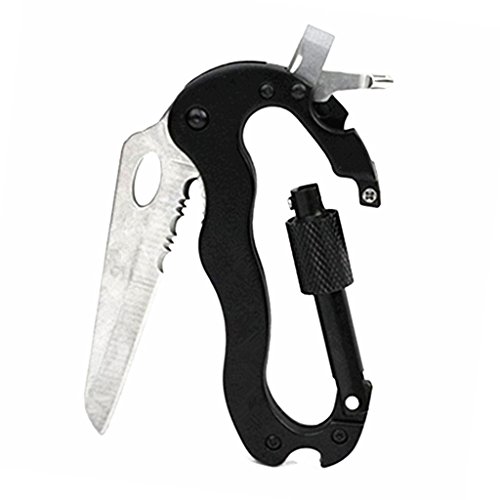Not all workpieces are flat, even and without undercuts. Coating difficult products, protecting them with anti-corrosion paint or enhancing them with color or glossy finishing can be a real challenge.
Electric infrared emitters can be optimally adapted to workpieces and direct the heat to exactly the right place. A combination with an electric hot air oven helps to avoid shadow spots. Tests show that precisely adapted infrared systems save up to 80 % energy.
Excelitas Noblelight will be presenting infrared and UV technology, with UV LED and microwave systems, for sustainable coating solutions at the PaintExpo trade fair in Karlsruhe in April.
The drying of paints, inks and coatings is a central point in many production halls. This usually requires a great deal of energy and, with outdated drying systems, can quickly lead to immense time expenditure, which causes a bottleneck in production and enormous costs.
Infrared radiation is used in many industrial processes. Heat is transferred in the form of electromagnetic radiation without an intermediate medium. Careful matching of the infrared emitters in terms of wavelength, shape and power to the properties of the product to be heated is important for the result. Radiation that is precisely matched to the absorption properties of the paint is quickly converted into heat, water or other solvents evaporate, while the material and surroundings remain cooler.
Extensive tests show that carbon emitters dry water-soluble paints much more efficiently than short-wave infrared emitters. A carbon infrared emitter requires up to 30 % less energy for the drying process than a conventional halogen emitter.
Infrared booster in combination with electric hot air oven
But infrared technology can not only replace conventional solutions. In many cases, it is also a useful addition to existing ovens. For example, installing an infrared booster in front of a hot air oven often ensures more efficient drying. Complex components in particular benefit from the interaction of the two technologies. A test line with an infrared booster in front of an electric hot-air oven – the V?tschoven from Weiss Technik – at the Excelitas Noblelight application center in Kleinostheim enables particularly practical tests. Infrared radiation brings products to the target temperature very quickly and electric hot-air ovens ensure homogeneous heating of the parts, even if they have special contours. Practical testing helps to optimally configure the subsequent system and gives customers the necessary security for a planned investment. Infrared boosters from Excelitas Noblelight and electric hot-air ovens from Weiss Technik can later be combined on a modular basis. This modular system makes the system configuration flexible.
The combination of infrared and hot air has been tested with various products since the oven line was set up. Metal products were coated with black powder coating. Thermocouples monitored the heating in comparison with a hot air oven alone as well as in combination with an infrared booster. In most cases, a significant reduction in heating time of up to 80% was observed when the infrared booster was used.
Keywords:Infrared heat, infrared emitters, drying, curing, PaintExpo, Energy efficiency








Comments
Kommentare sind für diesen Beitrag deaktiviert.